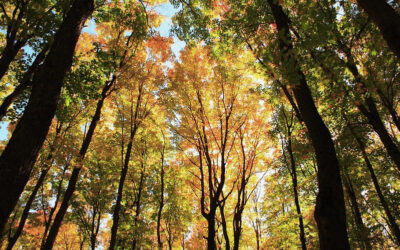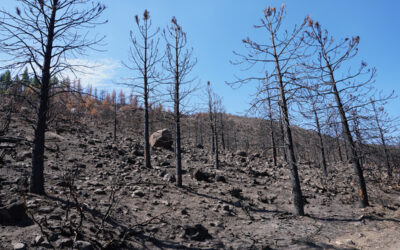Hans Moosmuller, Ph.D., joins two Chilean scientists from the Center for Environmental Technologies (CETAM) of the Universidad Tecnica Federico Santa Maria on an expedition to Antarctica’s Unión Glacier, located just a thousand kilometers from the South Pole.
DRI Scientist Contributes to New Research on Toxic Mercury Deposition in Forests
Mercury is deposited from the atmosphere into forests worldwide in greater quantities than previously thought, according to new research led by former Desert Research Institute (DRI) scientist Daniel Obrist (currently with University of Massachusets, Lowell) and a team that included Hans Moosmüller of DRI in Reno.
Does Cold Wildfire Smoke Contribute to Water Repellent Soils in Burned Areas?
After a wildfire, soils in burned areas often become water repellent, leading to increased erosion and flooding after rainfall events.


